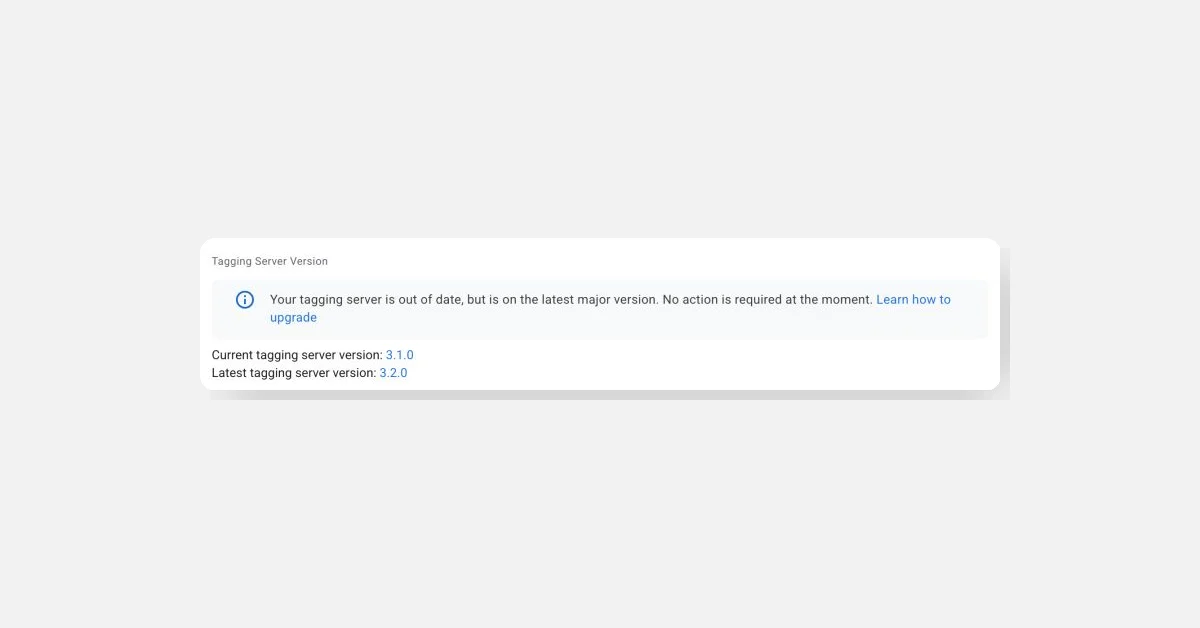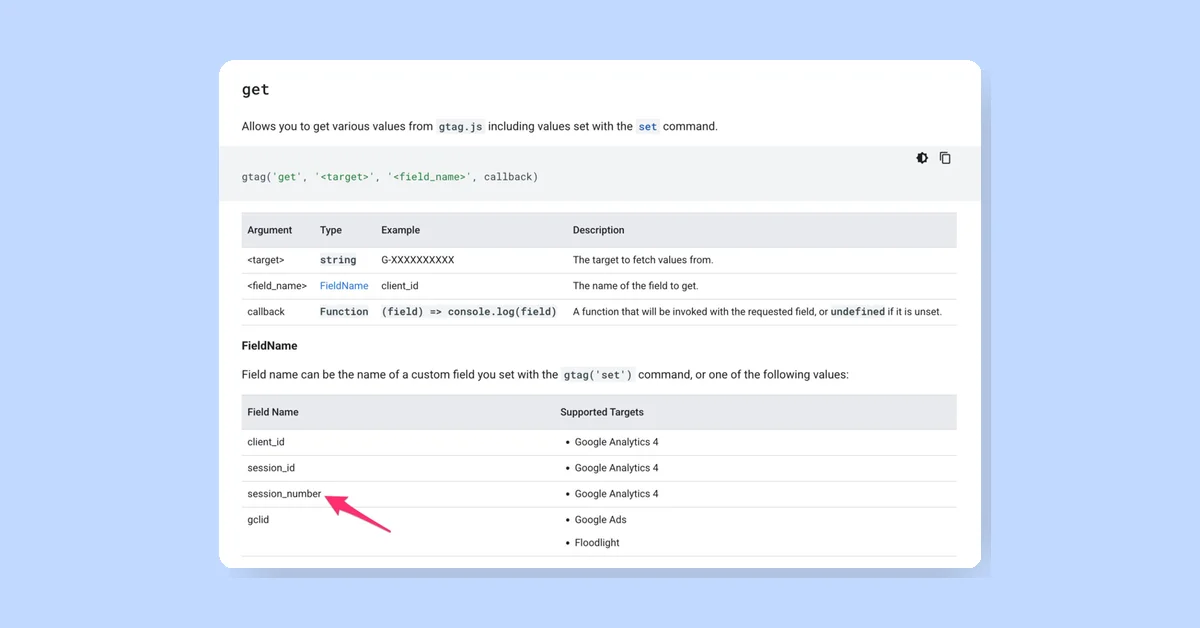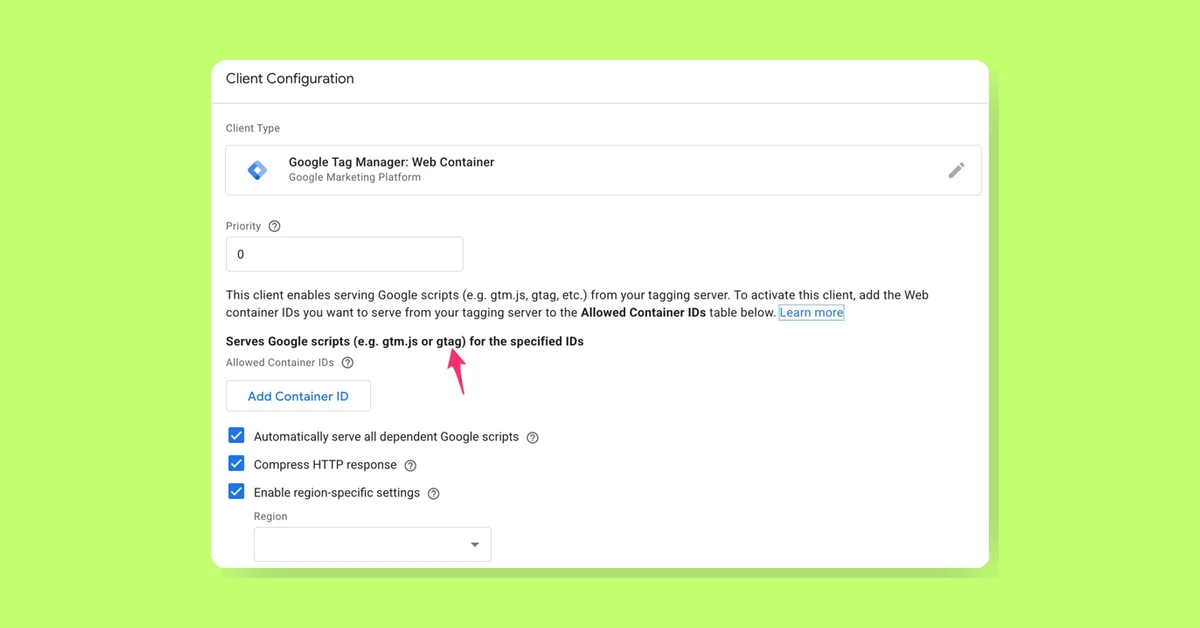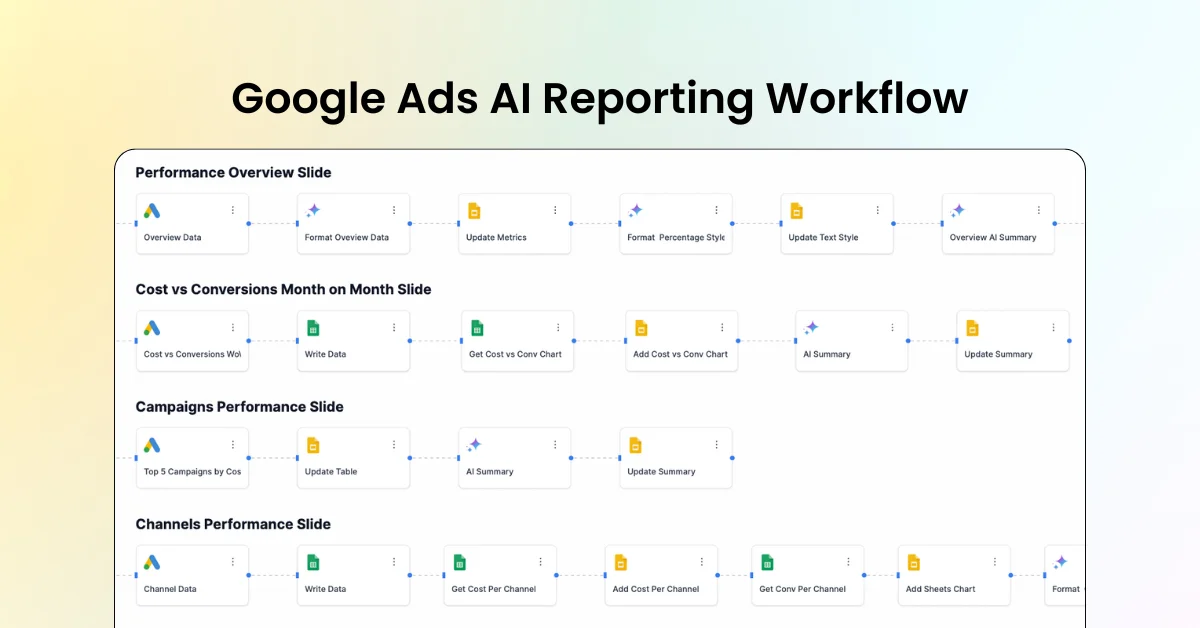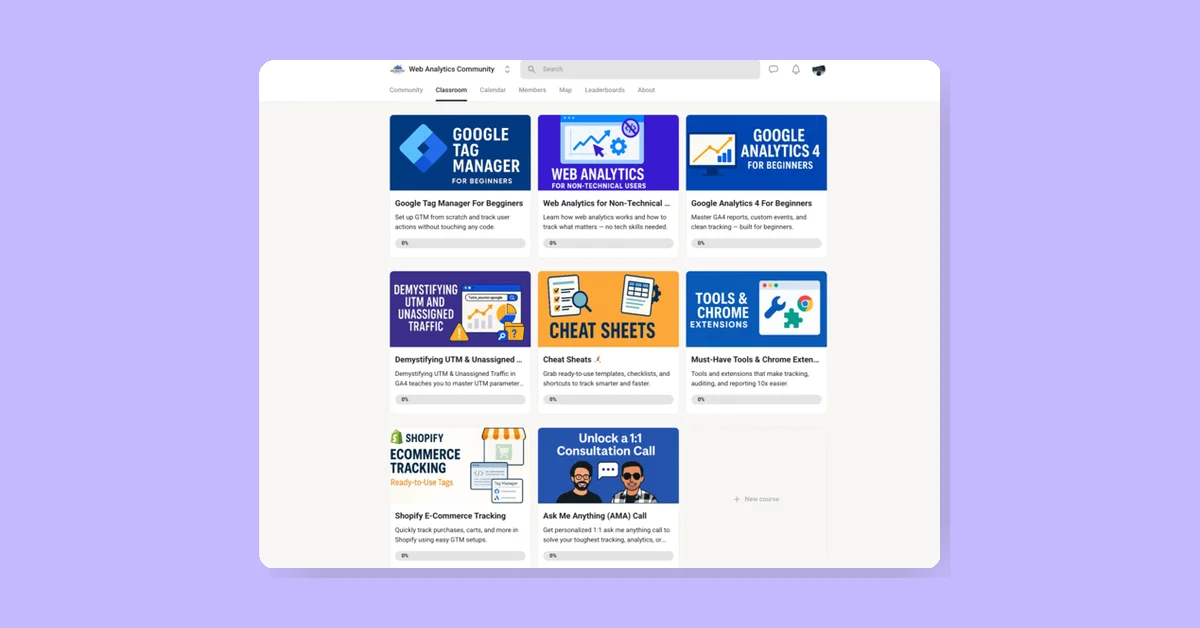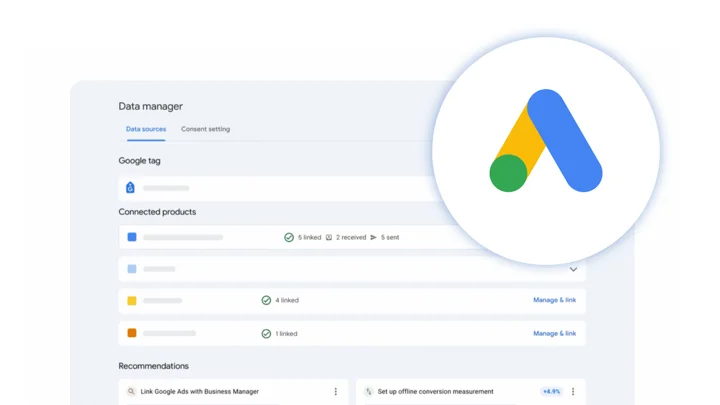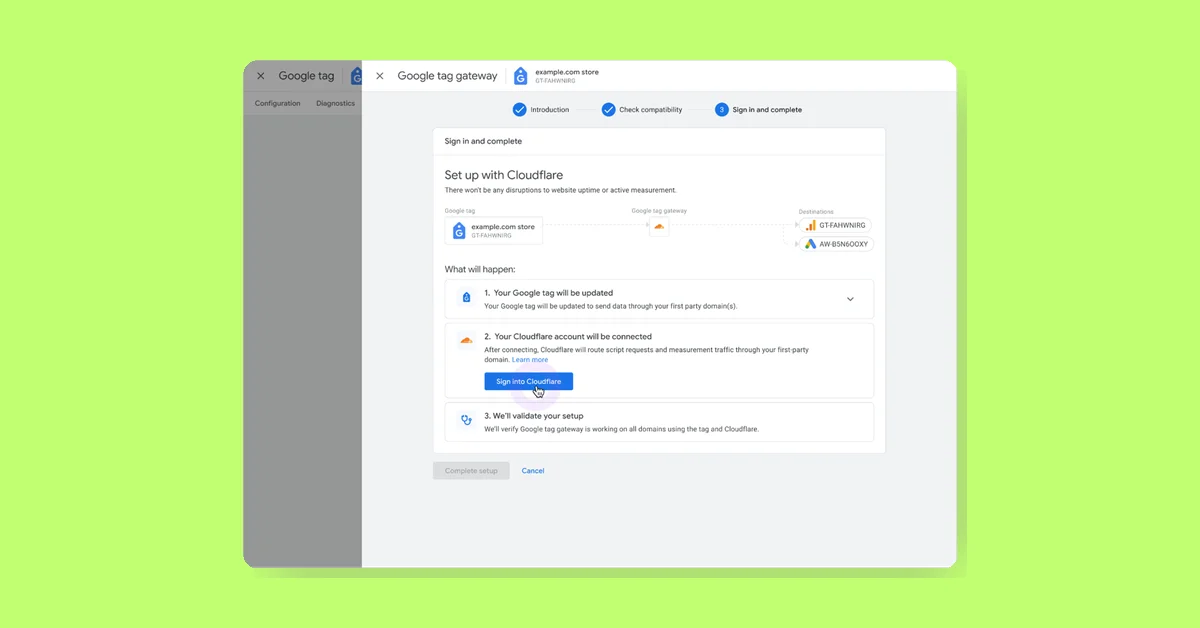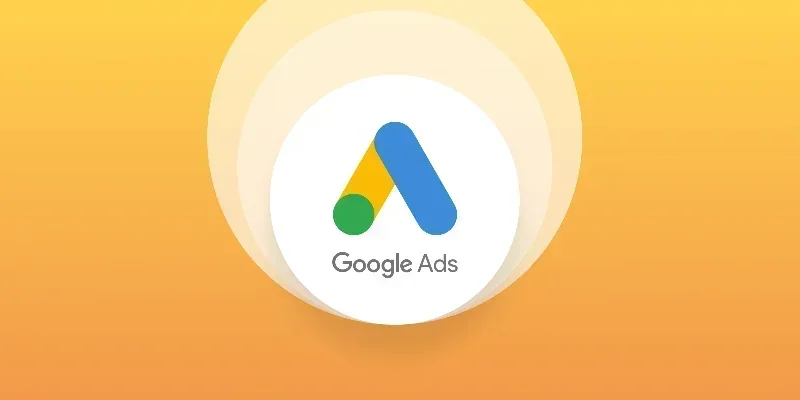Google has introduced a beta version of "First Party Mode" for its Google tag system, offering website owners new options for data privacy and security.
First Party Mode allows website owners to deploy the Google tag using their own first-party infrastructure, hosted on their website's domain. This creates an intermediary layer between the website and Google's services, making the first-party infrastructure the primary point of interaction with website users.
How It Works
In standard setups, web pages request Google tags from Google domains (e.g., www.googletagmanager.com). First Party Mode changes this process:
- Websites load the Google tag from their own domain (e.g.,
example.com) - When the tag fires, it sends measurement requests to the website's domain
- These requests are then forwarded to the relevant Google product
Implementation
Website owners can implement First Party Mode using their existing infrastructure:
- Content Delivery Network (CDN)
- Load balancer
- Web server
The setup involves utilizing rewrite rules on the website's domain to route Google tag traffic through a same-origin endpoint (e.g., www.yoursite.com/tagging/). Fore more details about implementation, visit Google for Developers website.
Potential Benefits
Google claims that First Party Mode offers several advantages:
- Enhanced data security
- Additional data privacy controls, including full IP obfuscation
- Potential to recover more measurement signals on websites
- Ability to implement stricter content security policies (CSP)
Considerations
While First Party Mode may offer benefits, it's important to note some considerations:
- The system could potentially bypass ad blockers, which may raise ethical concerns
- Loading marketing libraries from a website's own domain could risk the domain being flagged as a MarTech CDN by some ad blocker heuristics
Availability
First Party Mode is currently in beta, indicating that it's still in a testing phase and may undergo changes before a full release.
As with any new technology, website owners should carefully consider the implications and benefits of implementing First Party Mode in their specific context.


